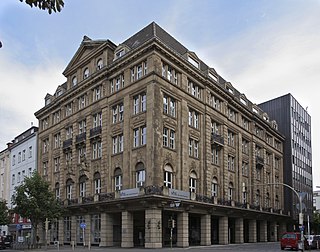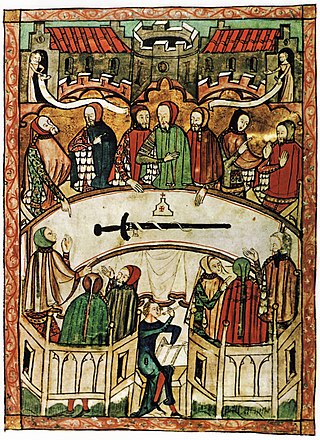Self-guided Sightseeing Tour #4 in Dortmund, Germany
Legend
Tour Facts
2 km
29 m
Experience Dortmund in Germany in a whole new way with our free self-guided sightseeing tour. This site not only offers you practical information and insider tips, but also a rich variety of activities and sights you shouldn't miss. Whether you love art and culture, want to explore historical sites or simply want to experience the vibrant atmosphere of a lively city - you'll find everything you need for your personal adventure here.
Activities in DortmundIndividual Sights in DortmundSight 1: Volkshochschule
The Löwenhof is a building in the city center of Dortmund. In the course of its history, it housed one of the largest concert cafés in West Germany, was the headquarters of the Heinrich August Schulte Eisenhandlung and is now the headquarters of the Dortmund Adult Education Centre.
Sight 2: Museum für Kunst und Kulturgeschichte
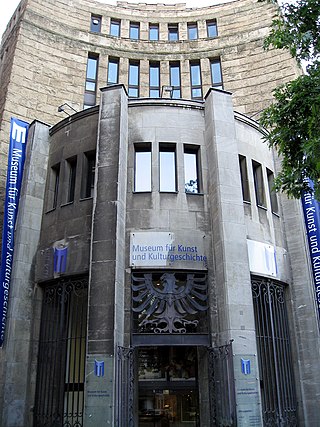
The Museum für Kunst und Kulturgeschichte or MKK is a municipal museum in Dortmund, Germany. It is currently located in an Art Deco building which was formerly the Dortmund Savings Bank.
Wikipedia: Museum für Kunst und Kulturgeschichte (EN), Website
Sight 3: Femlinde mit Freistuhl
The Vehmic courts, Vehmgericht, holy vehme, or simply Vehm, also spelt Feme, Vehmegericht, Fehmgericht, are names given to a tribunal system of Westphalia in Germany active during the Late Middle Ages, based on a fraternal organisation of lay judges called "free judges". The original seat of the courts was in Dortmund. Proceedings were sometimes secret, leading to the alternative titles of "secret courts", "silent courts", or "forbidden courts". After the execution of a death sentence, the corpse could be hanged on a tree to advertise the fact and deter others.
Sight 4: Deutsches Fußballmuseum
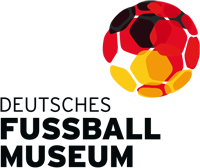
The German Football Museum aka DFB-Museum is the national museum for German football in Dortmund, Germany. It opened on 23 October 2015.
Wikipedia: German Football Museum (EN), Website, Tripadvisor, Website
Sight 5: Mahn- und Gedenkstätte Steinwache
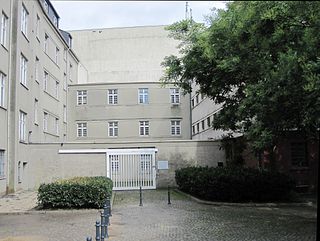
The Steinwache is a memorial museum in Dortmund, Germany.
Sight 6: Pauluskirche
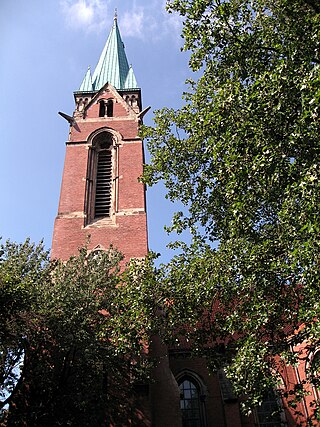
St. Paul's Church is located in Dortmund's Nordstadt, on the corner of Schützenstraße and Kirchenstraße. It was built between 1892 and 1894 according to a design by the Berlin architect Karl Döfflein. The building was badly damaged in the Second World War, repaired after 1945 and restored in 1994. It is registered as an architectural monument in the list of monuments of the city of Dortmund.
Share
How likely are you to recommend us?
Disclaimer Please be aware of your surroundings and do not enter private property. We are not liable for any damages that occur during the tours.
GPX-Download For navigation apps and GPS devices you can download the tour as a GPX file.
